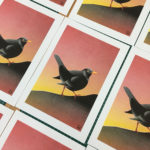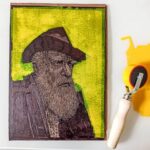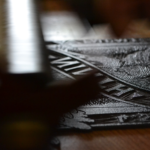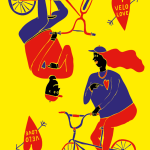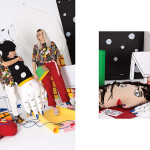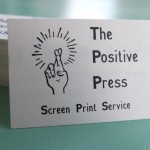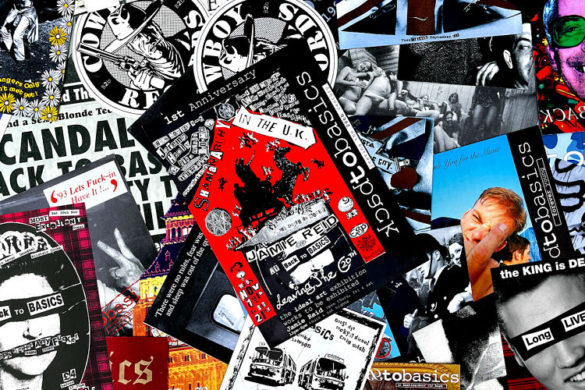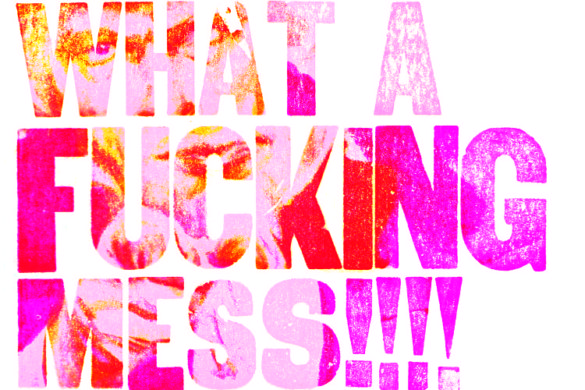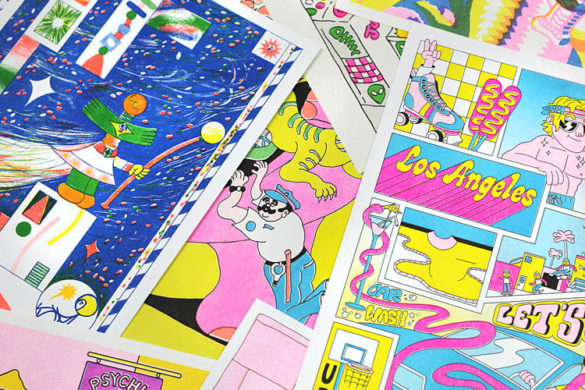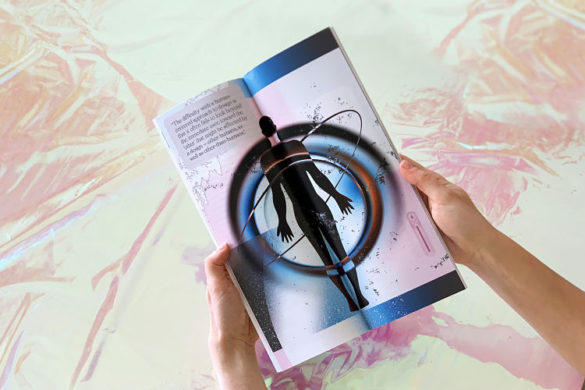We live in an age where typing seems to be a more fundamental skill for children than writing. The proliferation of new media is shaping new forms of social relationships but still, you can’t deny the fact that there’s something about paper that digital media cannot offer. Today, Paper Consultant of G . F Smith and abstract artist whose work has been showcased in innumerable exhibitions, Mark Jessett, is here to share his passion for paper and how his experience in having spent a decade with G . F Smith has had an impact on the work he creates now.
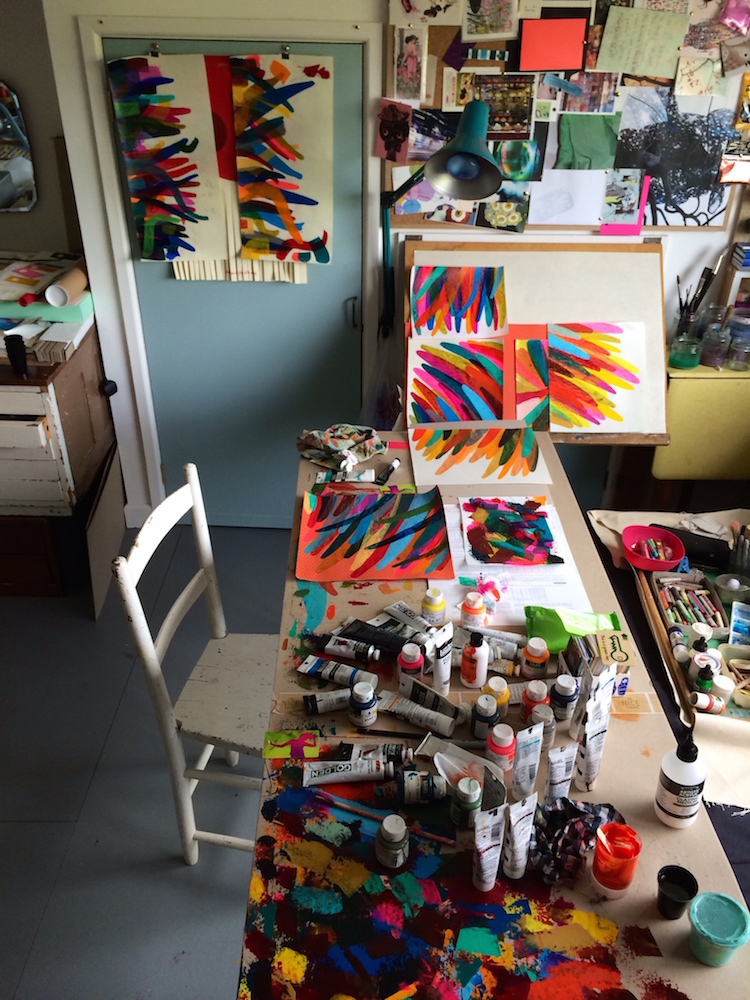
Do you still remember your favourite subject to draw when you were young? What was your first memory of being intentionally creative?
I remember drawing the things that most boys drew – dinosaurs near volcanoes and very complicated battle scenes. When I was about 10, I tried to draw David Bowie from a photograph, for my brother. It was a disaster. That’s when I learned that you actually need to work hard at drawing. Then, when I was around 15, we had a resident artist at our school, a Californian sculptor named Lauren Bon. I realised through her that art was being made now and that I could be part of it.
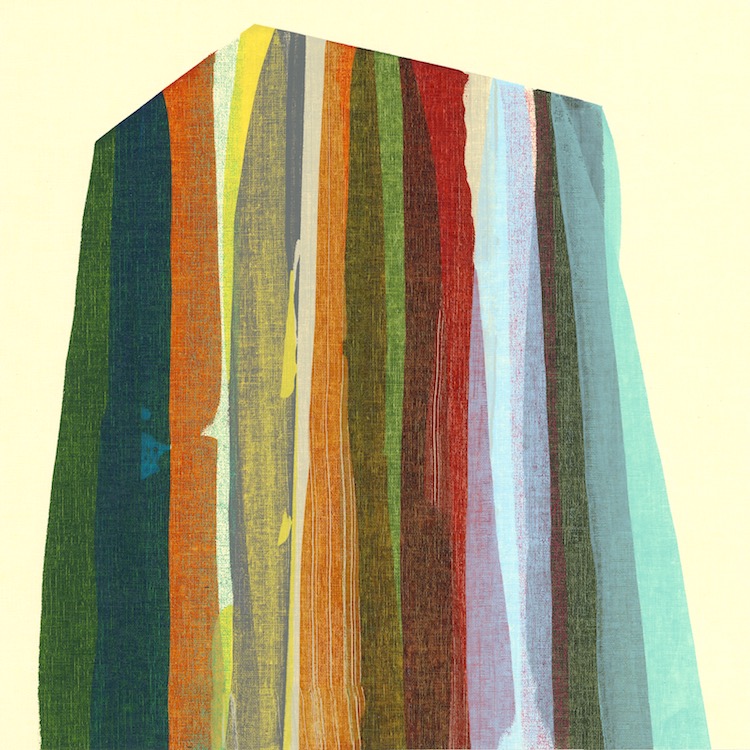
From a degree in Fine Art to a Paper Consultant, can you tell us about the journey in between? What got you interested in becoming a paper consultant in the first place?
In truth, I got interested in it when I started doing it, but I hadn’t been aware of the role before I saw it advertised. It was 2000, I had left Goldsmiths’ four years previously, we had just become a family and I needed a secure career. I had tried to continue making art, but found myself having to work more and more (as a picture framer at that time). When our first daughter arrived, Zanders Fine Papers were advertising for a ‘Promotions Executive’. I was taken on, at some risk (I had no industry knowledge or sales training) and I began my journey into the understanding and appreciation of paper, design and print.
Zanders was a wonderful paper mill with a genuine feeling of family about it, which was sadly altered by new owners during my time there. After five years at Zanders, I was very lucky to find a role with G . F Smith, whom I admired greatly. There is a lot of pride in G . F Smith. Everyone in the business shares the desire to maintain our position at the top of the industry, so it’s a very compelling environment to work in.
Working full-time and having children meant that making art had to take a back seat for some years. But the urge to make things seemed not to go away and now I grab the slightest opportunity (outside of work hours) to make art, or at least to think about it.
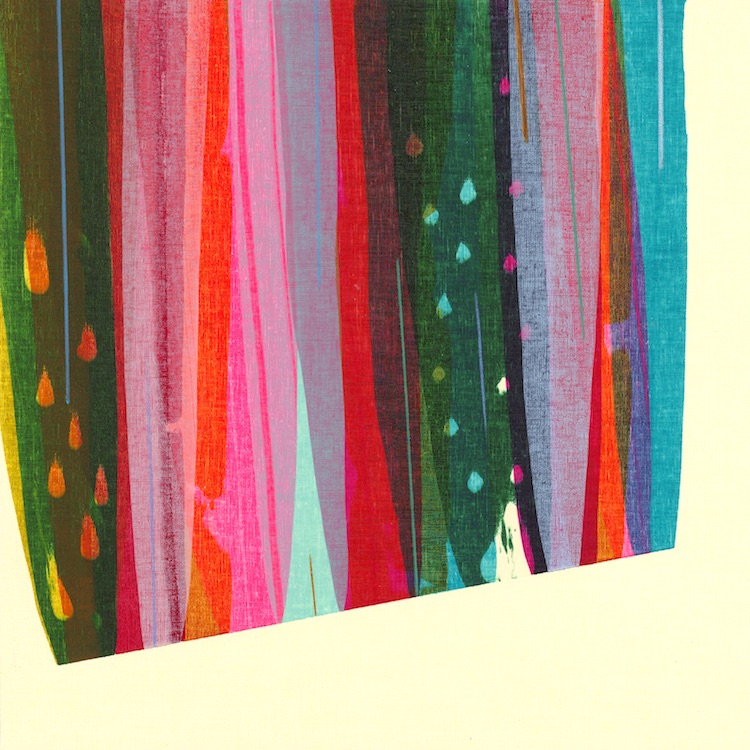
Can you talk us briefly through the paper design process – how to design paper?
Quite often the paper mills who supply G . F Smith will work on new products and bring them to us when they are ready. This is the norm for a paper merchant; traditionally, paper mills have led the way with developing papers. Quite often, though, G . F Smith will work with mills on papers of our own design. As Paper Consultants, we listen to our clients and pick up on opportunities to bring something new to the market or to answer a need. Also, we pay attention to trends. We have a fairly informal way of feeding this information back and getting things done. There is a lot of personality in our products for this reason.
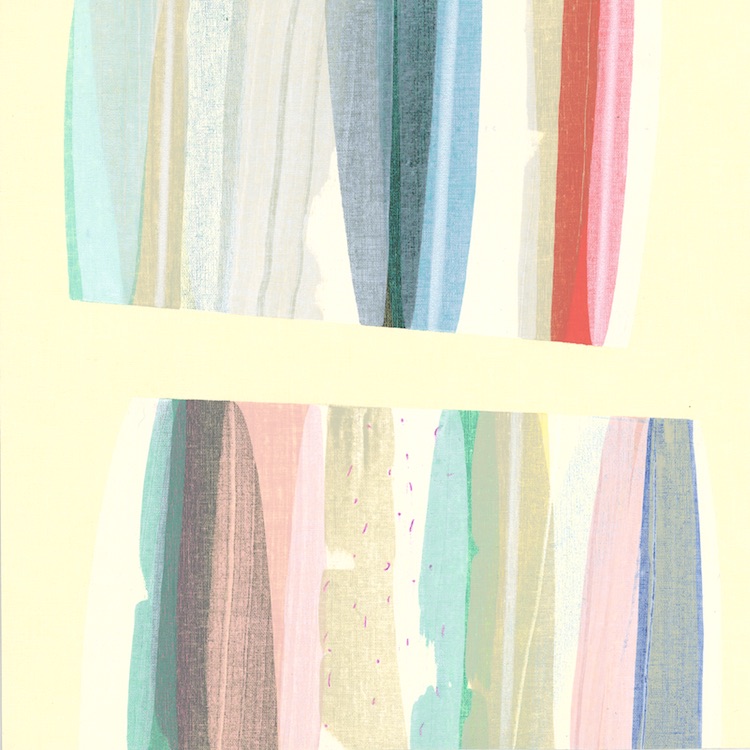
Everything seems to be adapting to digitisation and the digital revolution. How has the paper industry responded to this? How do you think it affects our relationship with paper? Or your relationship with paper?
I can only speak from my personal experience in the industry. We have seen major changes in the world of print and paper over the past decade, but our particular sector of the market – quality print – has stayed relatively strong. Change is inevitable in all aspects of life, but so is continuity. Paper-based communications have been joined by digital methods and in very many cases new technology has superseded the old. But there is still plenty of room for paper, because it answers specific communication needs in a way that the digital cannot. Our industry has been forced to alter, but we have embraced the changes, confident that paper has a strong and secure role that can’t be replaced. I think that the proliferation of digital communications has made us reflect more on the value of paper, and has strengthened our respect for it.
Designers and printers still aspire to produce high-specification printed matter, not through vanity or indulgence, but to reflect the quality of their client’s offer and to meet the expectations of their audience. Good print is very good for business, and good paper is an essential element in this. The idea that print is dead has proved to be false. Ink on paper continues to stand for things that are less commonly associated with digital media – personality, generosity, solidity, craft, attention to detail, tradition and self-assuredness. Print and paper are a constant and are highly valued as such.
The digital realm is very exciting, highly versatile and offers remarkable opportunities to the designer. But paper still provides the kind of mature sophistication and familiarity that very many of us respond to positively.
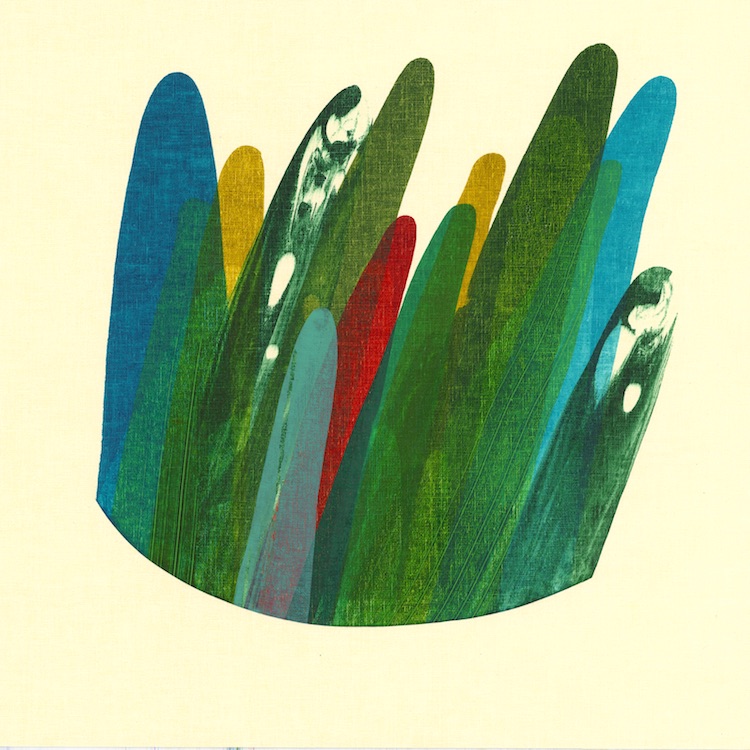
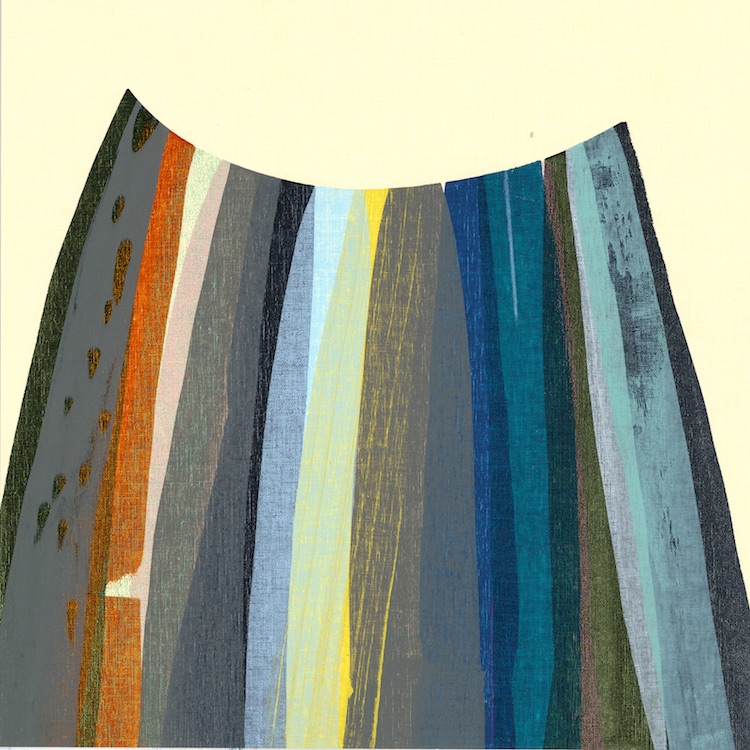
And what defines good paper?
There are standard technical criteria that would make accurate but dull reading: opacity, formation, quality of fibres, ability to perform certain tasks (folding, embossing, digital print etc). More interesting, though, is how a strong design, married with a well applied process, can take an old-fashioned or unappealing paper (they do exist) and turn it into something remarkable. Good paper is, in this respect, defined by good use.
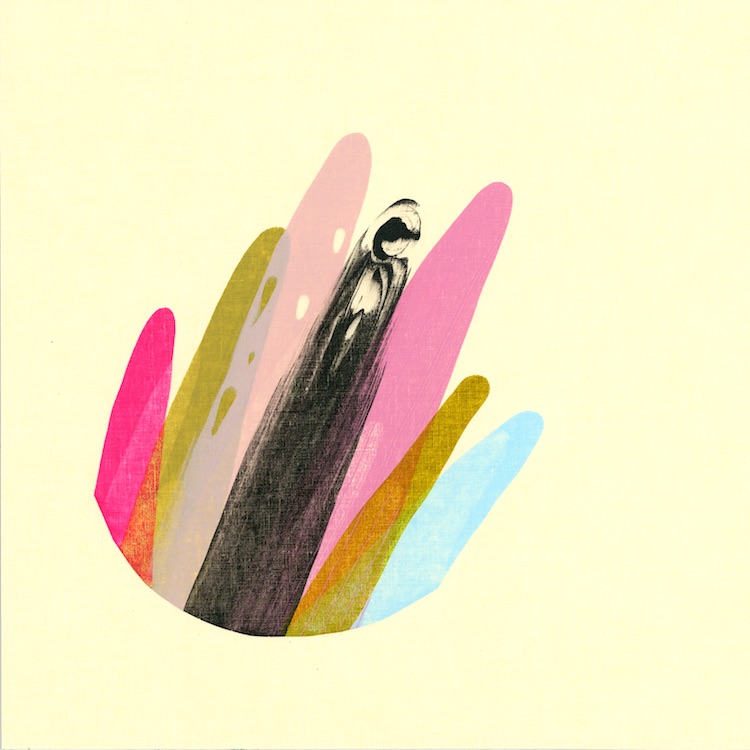
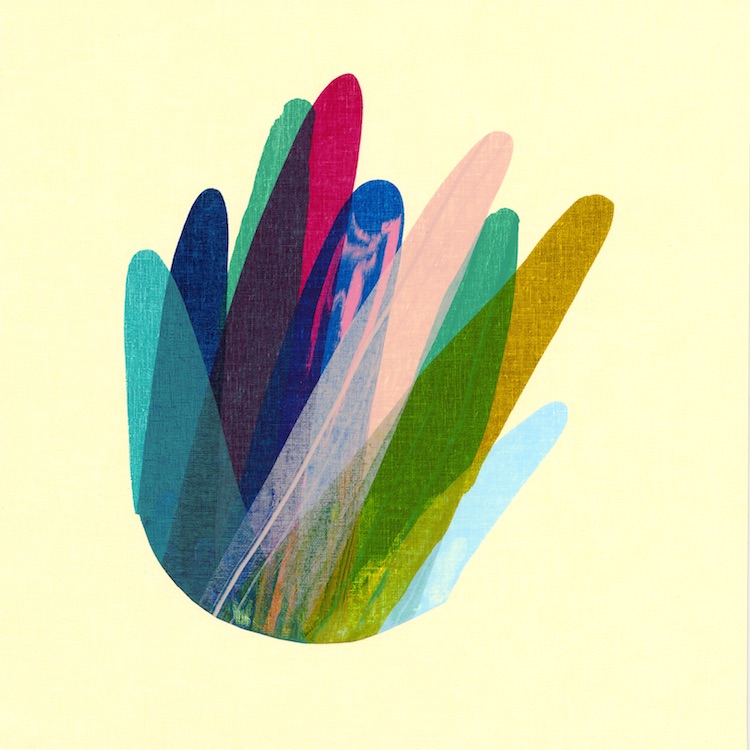
By being a paper consultant with G . F Smith, how does it contribute to your artistic practice as a painter? Or vice versa?
In recent years, the two have become increasingly closely linked, so that my artistic practice is now almost exclusively paper-based. I’m always looking for the potential in different papers and I’m very lucky to have become familiar with a very wide range of different surfaces.
Paper can be highly refined, or very coarse or something in-between, plus it’s really accessible and easily understood. The papers I am currently using are intrinsic to my work, in the particular way that they carry paint. Through my understanding of paper I have to come to alter my relationship with it, from regarding it simply as a surface to draw on, to embracing it as an active ingredient in the work.
Alongside this, my daily conversations with creatives fuel to my need to create. And I think I’m able to communicate a rounded appreciation for the material thanks to my intimate relationship with it. Plus, I get genuinely excited when I see something brilliant done with paper and I believe that this enthusiasm can be really helpful. I think my clients are aware that it means a lot to me, and that I’m not simply there to sell them product.
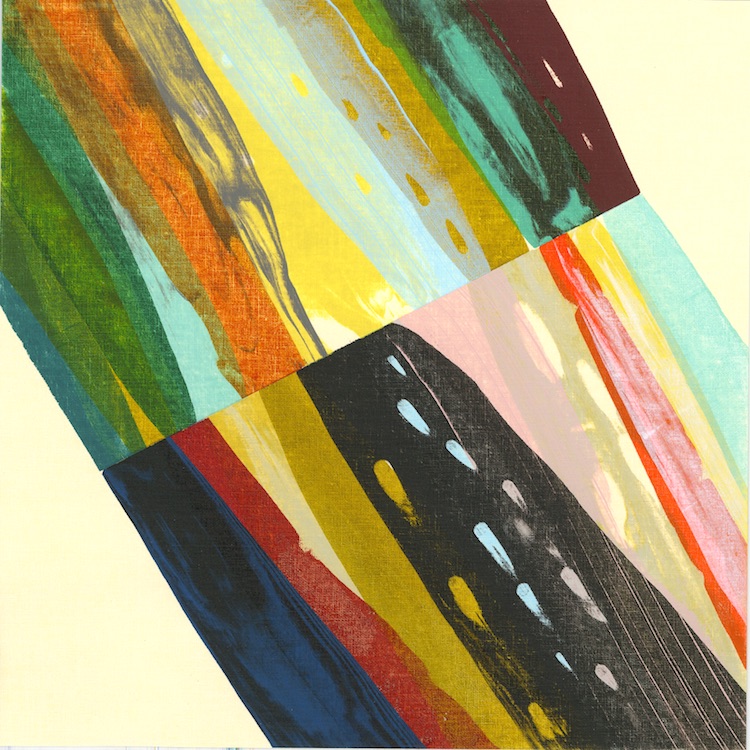
What advice would you give to designers/artists when choosing a paper?
This depends on so many factors, and it’s different for designers and artists. Very generally, designers should look for papers that will deliver their intended message most effectively, that are equal to the expectations of the client and their target audience, or better still employ papers that surpass expectations; that surprise or delight or impress; papers that give the audience an enhanced experience.
For artists, the question of performance is similar – will the paper carry the media in question, will it stand-up to the activity, will it survive? Beyond this (as for the designer), it has to be equal to the quality of the work it will carry and to the intentions of the artist. I suppose I’m saying that paper deserves equally careful consideration as is given to all the other choices an artist makes.
Sometimes, the relationship with a certain paper will be a very long one, maybe even lifelong, but there’s so much choice available that it’s worth trying something new occasionally. Working with different papers can present very interesting possibilities. Sometimes the simplicity and openness of paper can take us back to the unfettered creativity we had as children, which I think is absolutely priceless. Be open to it and enjoy it.
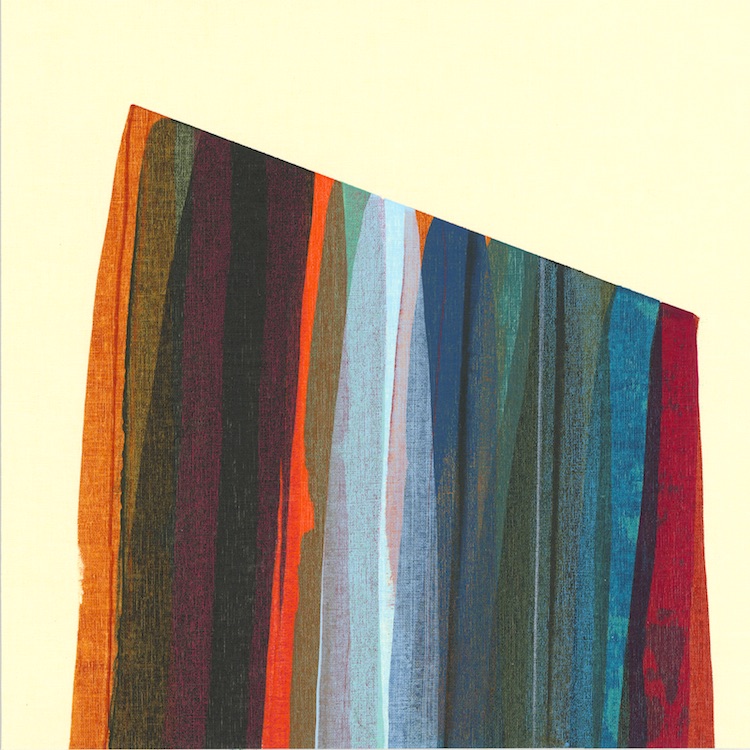
Are there any particular trends you see in paper in the future?
We are seeing savvy individuals returning to handwritten stationery – writing on paper says so much more about the attention we are prepared to devote to a person or a subject. Also, many recent lifestyle magazines can be seen as a real showcase for intelligent paper use and interesting processes. It’s great for people like me, to visit a good magazine store and become lost in the enjoyment of the physical properties of the publications, probably without much regard for the content, if we’re honest. So, the trend I see is actually a return to the relationship that had been necessarily dormant while new digital formats grabbed our attention; it is simply an increasing appreciation for paper and for maintaining its unique role in our lives.
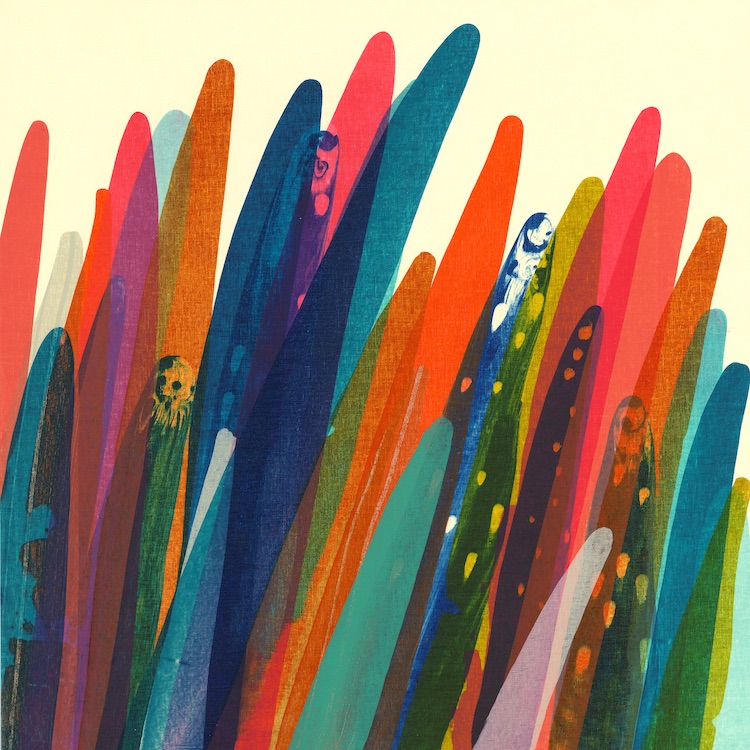
And one final question, what’s your favourite paper stock?
I’m asked this question almost every time I speak to students and I have to give two answers.
Firstly, from the perspective of a Paper Consultant, I don’t have a favourite. Paper becomes special when it works with a design and supports the processes required of it. Thoughtful design, careful print and informed paper selection will combine to make something that is really special. I can’t choose a favourite, because they all share this potential; seeing them working as part of the whole is when they shine.
Secondly, in my artistic practice I favour a Japanese paper from Takeo and a black paper from German mill, Gmund. Both have a very fine, embossed surface that works beautifully with my method of applying paint. But don’t tell everyone.

Mark Jessett is known for his dynamism and positive energy and this interview has beckoned us to think about the value and role of crafts in the age where digital technology finally seems to have triumphed. I am very pleased and honoured to have been given the opportunity to interview Mark; and above all else, this is a story that manifests signs of richness and vitality of artisanship.
Mark Jessett will also be exhibiting his work in the forthcoming shows:
New Abstract Works on Paper
August 20th – October 3rd 2015
Yume Gallery
26a North Street, Ashburton, Devon, TQ13 7QD
www.yumemartin.co.uk
and
New Abstract Works on Paper
September 8th – October 12th 2015
Exeter Phoenix Café Bar Gallery
Bradninch Place, Gandy Street, Exeter, EX4 3LS
www.exeterphoenix.org.uk
www.markjessett.com
www.gfsmith.com
You might like...
- Icinori - February 9, 2021
- Sergio Membrillas - December 18, 2020
- La Perruque: Type Magazine - December 8, 2020


